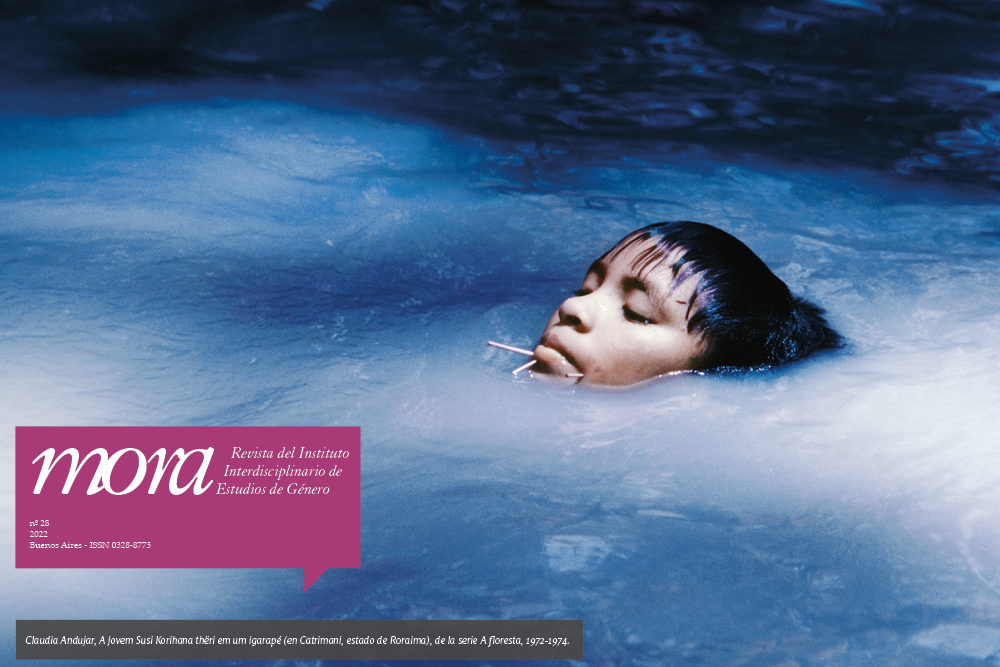Los Jazzing Sheiks at the 25 Cent Bram: Panama and Harlem as Caribbean Crossroads, circa 1910-1940
Keywords:
Harlem, Panama, Jazz, Music, Greater Caribbean, Race
Abstract
Both Harlem and Panama were, in the early twentieth century, crossroads of the Caribbean. This essay traces the musical echoes of that fact, arguing that British West Indians had a central but often unrecognized role in the exchanges driving Black cultural innovation in the interwar metropoles. Hundreds of thousands of British West Indians came to and through Panama at the start of the twentieth century, creating a Pan—Caribbean space where the rhythms of son, tango, mento, cumbia, and ragtime rang out. From there many would travel onward. The lives of Panama—born, New York—based performers like Vernon Andrade, Luis Russell, Teófilo Alfonso “Panama Al” Brown, and Estelle Bernier show how British West Indians shaped by the Greater Caribbean’s borderlands crossed boundaries within New York as well. Multilingual and multicultural, they moved easily within Harlem’s “Latin Quarter” of Puerto Ricans and other Spanish—speakers, helping to bring rhythms and styles from the Hispanic Caribbean to the Afro—American listening and dancing public. Stories of the working— class dance halls of 1920s Panama and of the Latin connections of British Caribbean performers in New York together point to tropical circuits of music and moves rarely recognized as part of the metropolitan Jazz Age.Downloads
Download data is not yet available.
Published
2022-12-20
How to Cite
Putnam, L., & Altalef, M. (2022). Los Jazzing Sheiks at the 25 Cent Bram: Panama and Harlem as Caribbean Crossroads, circa 1910-1940. Mora, (28). https://doi.org/10.34096/mora.n28.12398
Issue
Section
Dossier: Armonías y ritmos inesperados: historias de raza y género





1.png)




